Results
-
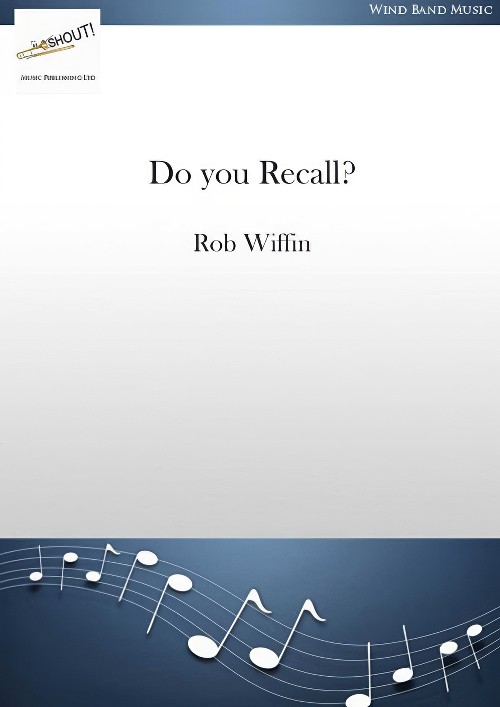 £36.95
£36.95Do you Recall? (Trombone Solo with Concert Band - Score and Parts) - Wiffin, Rob
A slow, bluesy solo for trombone with wind band accompaniment. Like many people, I took the opportunity offered by the COVID lockdown in the Spring of 2020 to sort through old paperwork. I discovered a lot of songs that had not seen the light of day for many years and were mostly written with just the melody and chord symbols. Some offered the potential of becoming instrumental solos with a combination of heart-on-the-sleeve melodies the like of which I would not write now, together with maybe a greater sophistication in the instrumental writing. I had the notion in the back of my mind that 'Do you recall?' would work as a trombone solo but it seemed to fight me all the way. However, once finished it has proved to appeal to trombonists and has already been recorded by Brett Baker. It is not intrinsically difficult but needs a sense of the appropriate slow swing style and good control throughout the range. - Rob Wiffin. Duration: 4.15
Estimated dispatch 7-14 working days
-
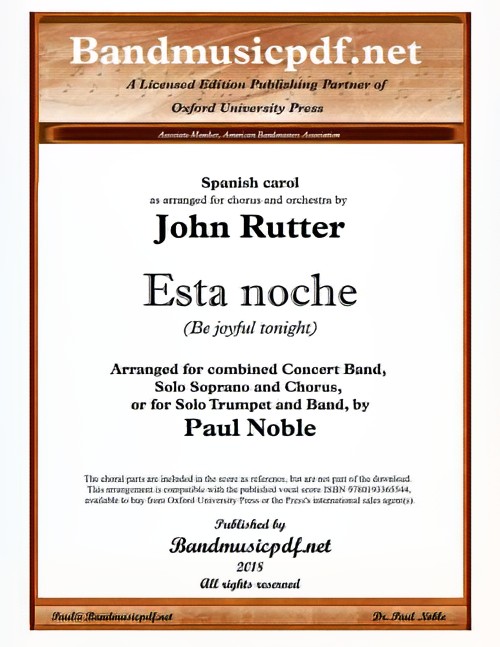 £75.00
£75.00Esta Noche (Trumpet Solo or Soprano & Choir with Concert Band - Score and Parts) - Rutter, John - Noble, Paul
This folk-carol is known throughout the Spanish-speaking world for its melody and dance-like spirit. John Rutter's arrangement captures this perfectly, pairing soloist and chorus, with exuberance and fun. This arrangement adheres to the original orchestration by John Rutter, for Solo Soprano and chorus, but also offers the option of a delightful showcase for Solo Trumpet and band.
Estimated dispatch 7-14 working days
-
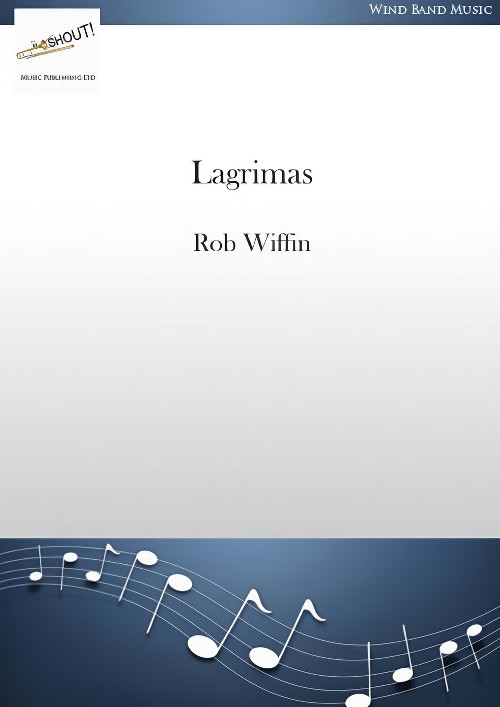 £36.95
£36.95Lagrimas (Cor Anglais Solo with Concert Band - Score and Parts) - Wiffin, Rob
A tranquil and expressive solo for Cor Anglais with wind band accompaniment. This melancholy solo is based on a song Rob Wiffin wrote many years ago. Although not in a minor key, there is a dark expressive quality to the melody that seems suited to the tone of the Cor Anglais; Lagrimas is Spanish for ?€tears?€. The piece was written in response to a request from a friend who bemoaned the lack of solos for this instrument.Duration: 3.45
Estimated dispatch 7-14 working days
-
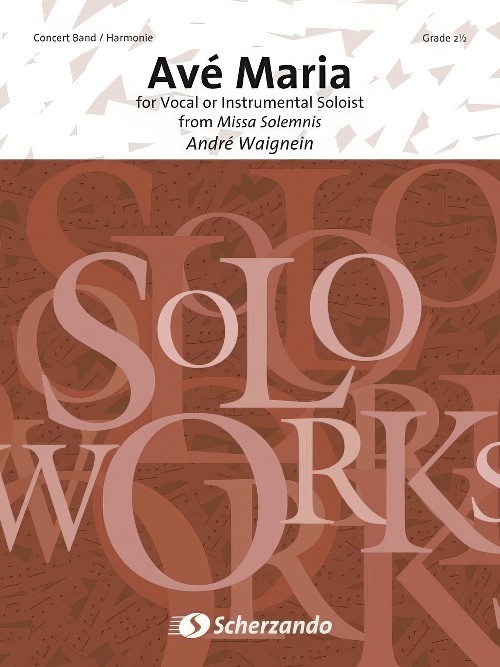 £89.99
£89.99Ave Maria (Flexible Solo with Concert Band - Score and Parts) - Waignein, Andre
Ave Maria, an excerpt from the Missa Solemnis, was written by Andr Waignein at the request of the Aosta Valley Regional Council, in Italy. Missa Solemnis contains all the musical parts that are used to accompany liturgical rites. However, the composer was keen to include an Ave Maria in memory of his mother, who was a very religious person and especially revered the Virgin Mary.This Ave Maria reveals a shimmering melody with very discreet orchestral support that allows the vocal or instrumental soloist to express their emotions through exceedingly generous musical phrases. Waignein has made this work for solo soprano or tenor and band, but it's also a very beautiful piece for several solo instruments such as flute, oboe, Bb clarinet, alto saxophone or trumpet.The composer naturally dedicated this Ave Maria to his mother.This moving piece will undoubtedly captivate your audience.Duration: 4:45
Estimated dispatch 7-14 working days
-
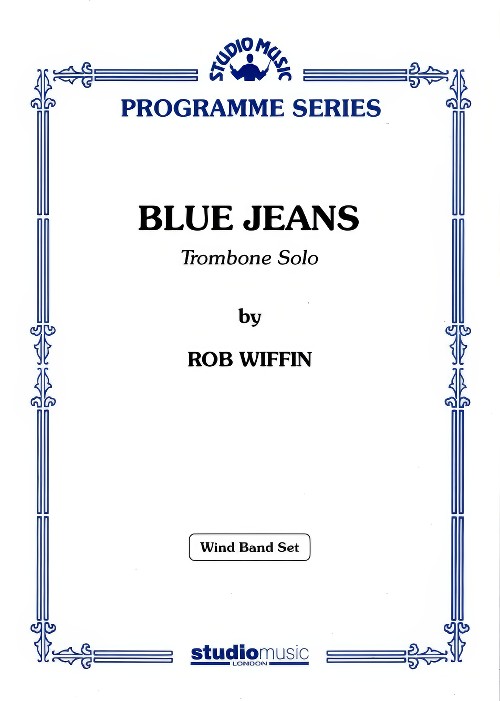 £59.95
£59.95Blue Jeans (Trombone Solo with Concert Band - Score and Parts) - Wiffin, Rob
In 2008 the trombonist, Chris Jeans, was invited to be a featured soloist at a British Trombone Society event. He contacted Stan Kitchen at Studio Music Company to see if he had any new material for trombone. Stan then got in touch with me, as I had already written a piece for another trombone player, Brett Baker. This piece, 'Shout' was programmed for the same event so we needed to find something new for Chris.The title 'Blue Jeans' came to my mind, thus linking a blues-style piece with the obvious reference to Chris's surname. I spoke to Chris and he liked the sound of it so then I had to go away and write a solo to match the title!I managed to get a version with piano accompaniment done in time for Chris to perform at the trombone event and have now had a chance to complete the band version. Chris is a great chap, a good friend and a wonderful trombone player so I hope people enjoy listening to this solo that bears his name.- Rob WiffinDuration: 3.30
Estimated dispatch 7-14 working days
-
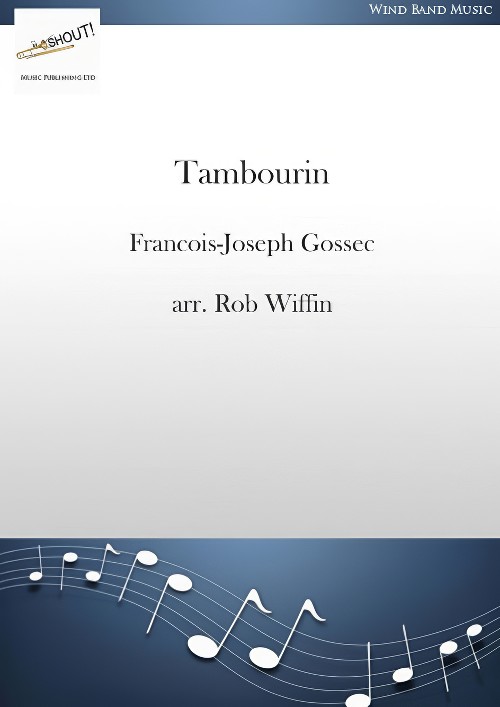 £33.95
£33.95Tambourin (Flute Solo with Concert Band - Score and Parts) - Gossec, Francois-Joseph - Wiffin, Rob
An arrangement of the well-known flute solo. Despite being famous and influential in France during his lifetime, the music of Francois-Joseph Gossec (1734-1829) is rarely heard these days except for this one piece. Tambourin has remained a popular flute solo. It is an attractive dance-like piece, originally composed for flute and guitar in 1790. This arrangement is for flute and small wind band. Duration: 1.3
Estimated dispatch 7-14 working days
-
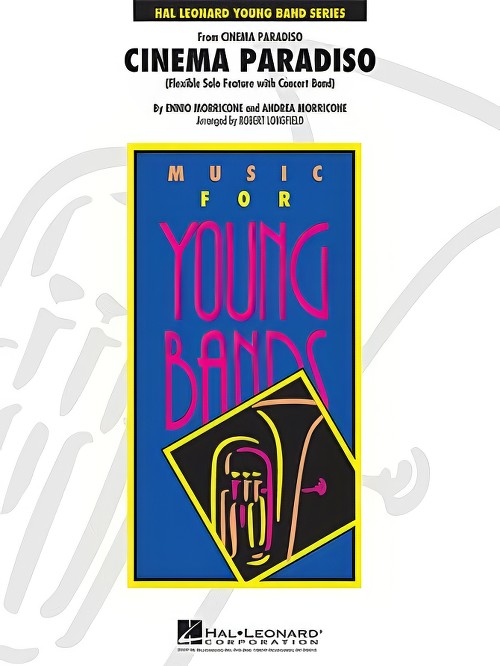 £60.99
£60.99Cinema Paradiso (Flexible Solo with Concert Band - Score and Parts) - Morricone, Ennio - Longfield, Robert
Solo for oboe, flute, clarinet, alto sax or trumpet.From the classic 1988 film Cinema Paradiso, this beautiful theme has been recorded by artists ranging from trumpeter Chris Botti to violinist Joshua Bell. This wonderful setting by Robert Longfield allows you to feature your choice of solo instrument with full band accompaniment.
Estimated dispatch 7-14 working days
-
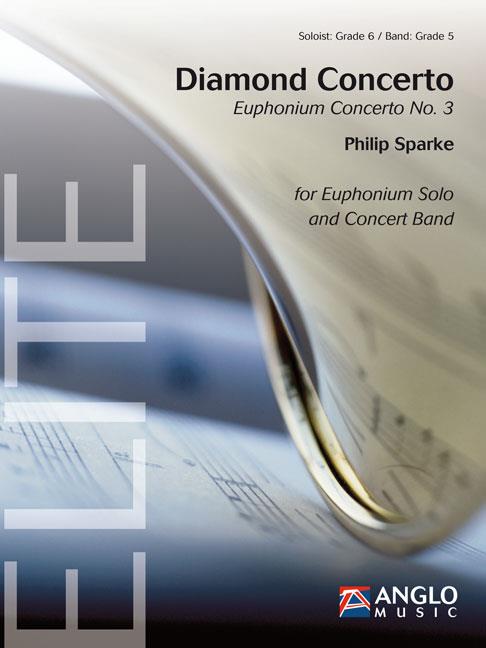 £209.99
£209.99Diamond Concerto (Euphonium Concerto No.3) (Euphonium Solo with Concert Band - Score and Parts) - Sparke, Philip
Diamond Concerto was commissioned by Musikverein Morschied from Germany - Dr. Eric Grandjean, conductor - for a special concert featuring Steven Mead as guest soloist. Together they gave the world premiere on 28th April 2012 in the town theatre of Idar-Oberstein. The commission is a highlight in the 30-year friendship between composer and soloist, which has included many mutual CD projects and concerts and, now, a concerto. Sparke had Steven Mead's special euphonium sound in his head throughout the composition process and made free use of the variety of styles which the world-renowned virtuoso has made his own during his highly successful solo career.The village of Morschied lies to the west of Frankfurt am Main in the area known as the German Road of Precious Stones, which is famous for its thriving gem industry. Because of this it was decided to give the commission a local connection by choosing the title, Diamond Concerto. Each of the three movements is named after a famous diamond:Earth Star is rather stern in mood, opening with a free fantasy for the soloist over a static chord from the band. This leads to an Allegro Moderato in minor mode where small motives are gradually repeated and developed by both band and soloist.Ocean Dream uses a varied quote from the composer's Music for Battle Creek, including a melting slow melody that was originally written with Steven Mead in mind.Blue Heart was written, at Steven Mead's suggestion, in bebop style and takes the form of a jazz waltz. The quasi-improvisatory central section features a call-and-response passage for the soloist and upper woodwinds.Duration: 15:45
Estimated dispatch 7-14 working days
-
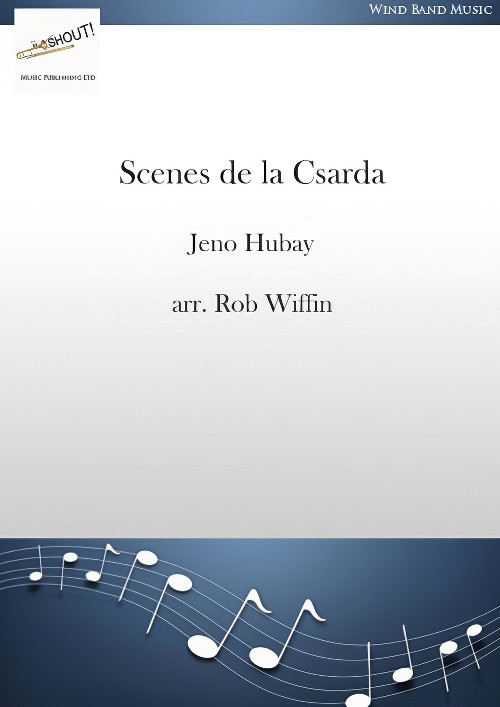 £44.95
£44.95Scenes de la Csarda (Clarinet Solo with Concert Band - Score and Parts) - Hubay, Jeno - Wiffin, Rob
An arrangement of the famous violin solo for solo clarinet and band, Scenes de la Csarda No.4 Opus 32 by the Hungarian composer and violinist Jeno Hubay is much better known by its subtitle Hejre Kati (loosely translated as ?€Pretty Katie?€). It was first published in 1890 and is based on three Hungarian melodies. This arrangement stays close to the original and provides a technical tour de force for the soloist. Duration: 4.3
Estimated dispatch 7-14 working days
-
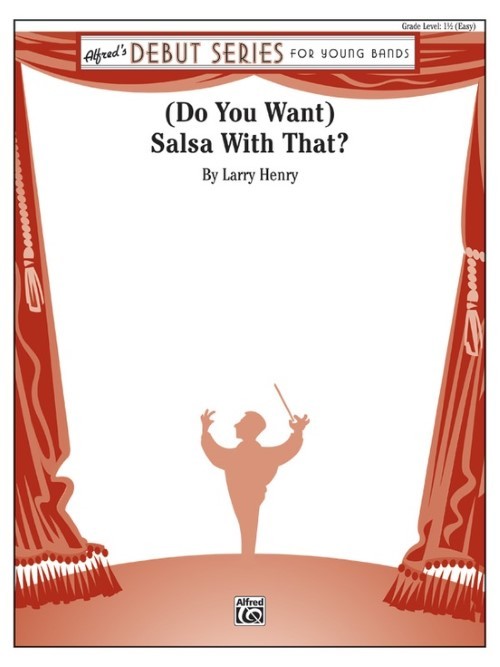 £48.95
£48.95(Do You Want) Salsa with That? (Flexible Solo with Concert Band - Score and Parts) - Henry, Larry
Solo parts included for C Instruments (TC & BC), Bb Instruments, Eb Instruments and F Instruments.(Do You Want) Salsa With That? is a light-hearted Latin tune that features your "star" player. The solo, written for almost every instrument, makes this a flexible selection for any group that gives students a chance to "get in front of the band." Your audience will love the Latin percussion instruments playing a mambo rhythm that will bring a smile to everyone's face. You can enhance the rhythm section to include almost any number of Latin instruments. Solid scoring and little technical demand make this piece reachable for the youngest of bands, but the rich harmonies, beautiful melody and syncopated rhythms make it sound sophisticated for the more mature player. This is a timeless selection your audience will enjoy for years to come.Duration: 2.30
Estimated dispatch 7-14 working days
